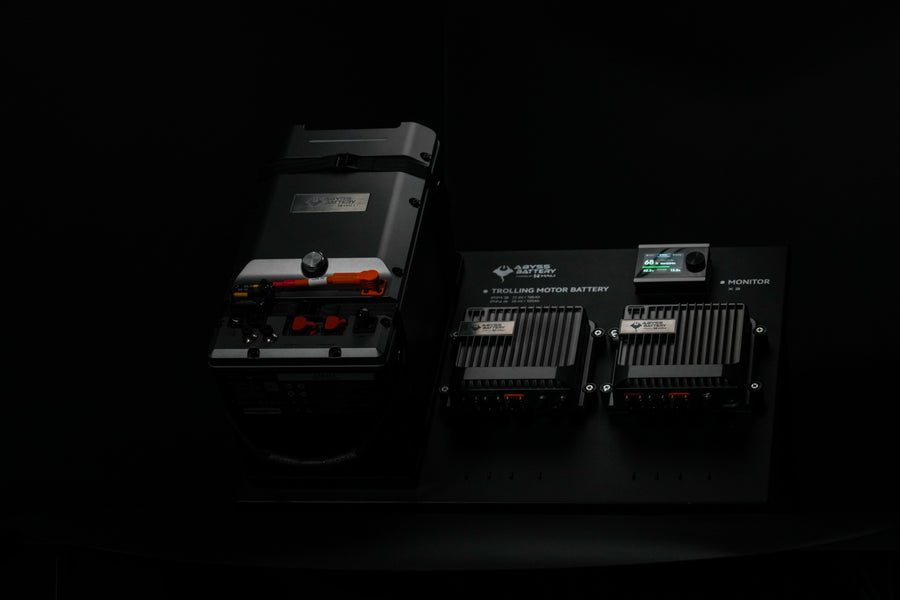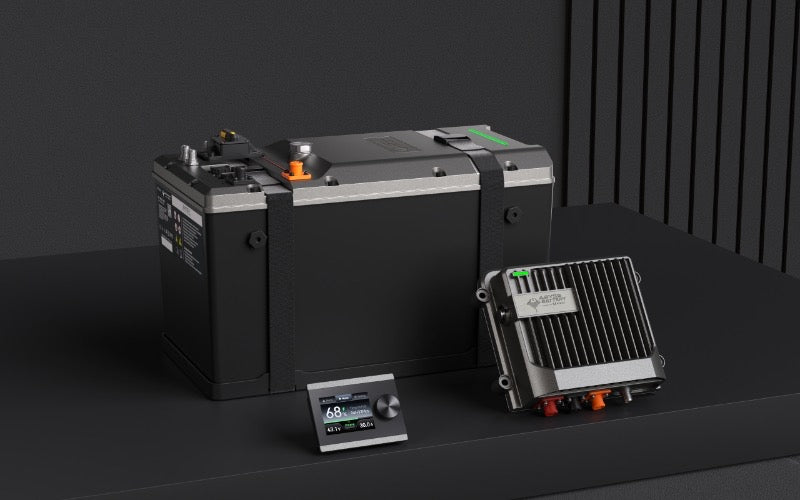Tips for Charging Multiple Batteries on Your Boat

Boating enthusiasts live for the thrill of setting sail. However, the tranquility of the sea and the excitement of a catch can quickly become overshadowed by power issues. As a boat owner, ensuring a reliable power source means managing your batteries efficiently. This guide aims to empower you with tips for charging multiple batteries on your boat so your voyages will always be smooth.
Understanding Your Boat’s Power Needs
Before we dive into charging strategies, it’s crucial to understand your boat’s power requirements. Boats often have two types of batteries: a starter battery that powers the engine and deep-cycle batteries for other electrical needs, like lights, GPS, and refrigerators. Knowing the capacity and function of each battery on your boat is the first step in effective power management. And whether you need a marine lithium battery charger or another charging device, the right investment will ensure your batteries are ready to go.
Tip 1: Use a Multi-Bank Charger
The most efficient way to charge multiple batteries is by using a multi-bank charger. This type of charger allows you to charge two or more batteries simultaneously, each with a dedicated charging circuit. This ensures that all batteries are charged optimally, without overcharging or undercharging any individual battery. Simply connect each battery to its respective bank on the charger, plug it in, and the charger will do the rest.
Tip 2: Prioritize Battery Maintenance
Regular maintenance is key to extending the life of your batteries and ensuring they charge efficiently. Check for corrosion, loose connections, and damaged cases. Clean terminals and connections before attaching them to the charger to ensure efficient charging. Also, avoid letting your batteries deplete entirely, which can shorten their lifespan. For lead-acid batteries, check the water levels regularly and top them up with distilled water when necessary.
Tip 3: Choose the Right Charger for Your Needs
To start, match the charger’s output with your batteries’ capacity. A charger that’s too weak will charge slowly, while an overly powerful charger can damage the batteries. Decide whether you need a portable charger that you can remove from the boat or an onboard option that stays in place. Modern chargers come equipped with features like temperature compensation and multi-stage charging, which can enhance battery life and performance.
Tip 4: Consider Solar and Wind Power As Alternatives
For long trips or as a backup, consider renewable energy sources like solar panels or wind generators. These can trickle charge your batteries, keeping them topped up without needing shore power or running the engine. They’re a convenient, environmentally friendly option for powering your boat.
Tip 5: Monitor the Batteries
Lastly, monitoring your batteries’ health and charging statuses is crucial for efficient power management. Some chargers come equipped with monitors that allow you to keep an eye on things from a distance. Alternatively, you can invest in a battery monitor that provides detailed information about voltage, current, and battery capacity.
Keeping Your Batteries in Top Condition
Efficiently charging multiple batteries on your boat doesn’t have to be a complex task. With the right equipment, regular maintenance, and a bit of knowledge, you can ensure your batteries are always in top condition, letting you focus on what truly matters—enjoying your time on the water.




Leave a comment